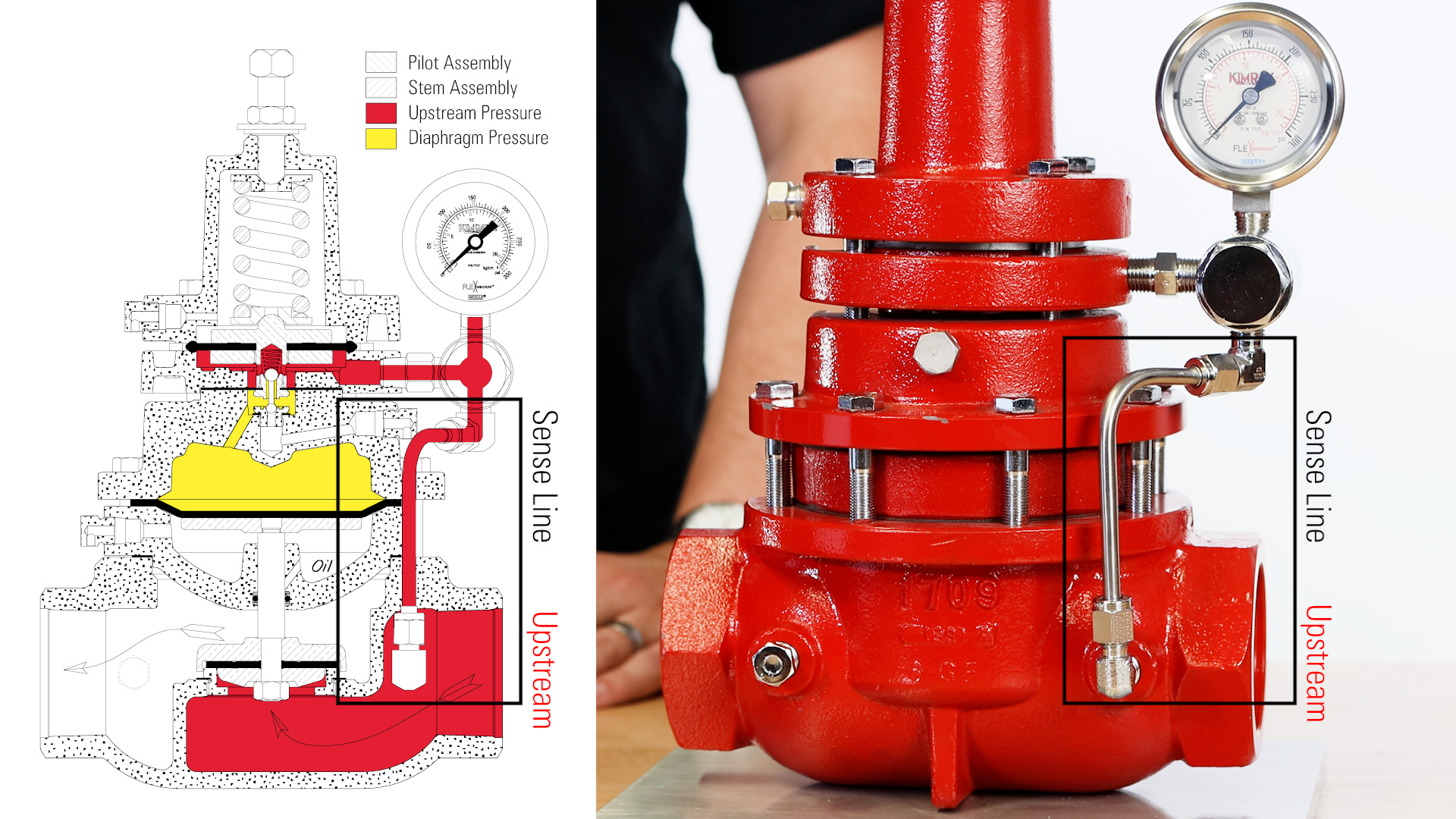Pressure regulators come in many forms. The accuracy and stability of the given control voltage can vary greatly depending on the type and design of each type. When looking for the right controller for a specific application form factors must be considered, and accuracy and stability must be understood. Here there is a short description. About electronic pressure control regulators and how they differ in complexity?
Industrial Pressure Control:
Automatic pressure regulator regulators consist of valves that are operated by a diaphragm, bellows, or spring-loaded piston. Downstream pressure works to push the diaphragm or piston in such a way as to allow or limit flow through the upstream valve to the downstream side of the valve. Spring tension is adjustable for downstream pressure to maintain preset pressure. A change in downstream pressure automatically adjusts the valve to allow or limit fluid flow to a predetermined value. These industrial electronic pressure control regulators come in many forms. It depends on the manufacturer. It is the preferred choice in industrial environments. for its durability and self-monitoring that applies system voltage without the need for power input or external sensing elements. it can be set on its own AND the precision of the pressure control is sufficient for most applications. Variants of this design can use two valves to help ensure proper control in all conditions.
Precise Pressure Control:
Solenoid Valve Controller:
Another way to control pressure. This is often used inside precision electronic pressure control regulators in calibration labs. use an inlet solenoid valve (Electromechanical) An inlet that allows supply pressure to enter the system and an outlet solenoid valve to relieve atmospheric pressure or vacuum. The downstream part of the system is controlled by the addition or subtraction of gas molecules. Feedback data from the downstream pressure sensor is measured and processed by a control algorithm that opens and closes the solenoid valve to generate the final desired valve pressure setting. For very precisely controlled pressure Multiple inlet/outlet valves can be coupled with fine to coarse orifices that can be opened or closed depending on the difference between the set point and final pressure. and/or the rate at which the pressure approaches the set point in this type of electronic evaporator pressure regulator It can handle pressure very precisely. The service life of these solenoid valves is affected by the pressure difference applied to the valve. For this reason, Mensor uses a patented system that maintains a small difference in these valves to increase service life. Both the Mensor CPC4000 and CPC6050 use this technology to allow years of operation with minimal solenoid failure. Solenoid valves are used in a wide variety of applications and are common in precision control systems. They are also relatively less expensive than their needle valve counterparts.
Needle Valve Regulator:
Another control method uses two precision-machined needle valves made of durable ceramic material that use small ports and threaded pistons. One valve supplies pressure and the other supplies exhaust pressure from the regulated downstream system. The valves are designed to provide fast and precise control. The modulating valve is controlled by an algorithm that continuously monitors the difference between the downstream pressure, the set point, and the rate at which the pressure approaches the set point. The algorithm controls the needle valve to achieve a precise ramp at a set point and constant stability. This type of electronic fuel pressure regulator has a high degree of stability in the voltage output. This can be affected by temperature changes in the system or any fluctuations downstream. The Mensor CPC8000 uses this method which allows the product to provide precise and stable control at pressures up to 6000 psi.
Piston Actuator Regulator:
They are generally used in hydraulic systems. The piston electronic pressure control works similar to a deadweight tester by applying a force over the cross-sectional area of the piston inside the cylinder. Pressure equals force divided by piston area, which is the definition of pressure P=F/A. The more accurate the pressure, the higher the pressure. The Mensor CPC8000-H uses this method to accurately control pressure up to 23,000 psi. The benefit of this type of air pressure valve regulator is its ability to achieve very high pressures. This is achieved by reducing the cross-sectional area of the piston.
Conclusion:
There are several types of regulators. The term regulator is used across the spectrum from coarse to fine pressure regulation. In the calibration lab Components that receive precise pressure regulation are sometimes called pressure regulators or calibrators. These electric pressure valve regulators use highly accurate pressure sensors and control algorithms to adjust the pressure to the desired setting. and to maintain stable control for calibration of other pressure sensing components.











Leave a Reply